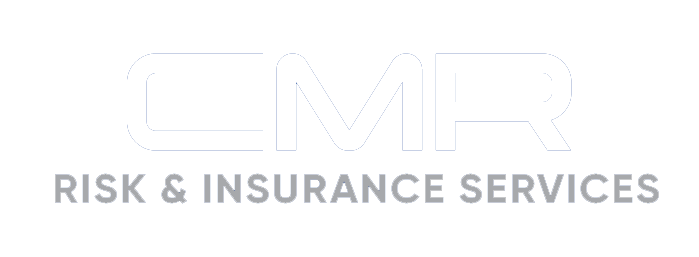OSHA Urges Safe Trench and Excavation Work Practices

Construction projects involving trench and excavation operations present life-threatening risks to employees. Following a recent series of trench collapses in the Midwest, OSHA has issued a trade release urging workplaces to take the necessary steps to protect workers from trenching and excavation hazards. With 11 trench-related fatalities reported in 2025 so far, employers must recognize the risks of trench and excavation operations and implement safety measures to prevent related injuries and fatalities.
Trenching and Excavation Hazards
The primary hazards of trenching and excavation work are employee injury or death from cave-ins. In fact, 1 cubic yard of soil can weigh as much as a compact car, making even a small cave-in potentially fatal.
In its release, OSHA highlighted the importance of evaluating soil conditions before excavation begins. This is especially crucial after heavy rainfall, as wet soil significantly increases the weight and instability of trench walls, amplifying the risk of collapse.
Key Safety Practices
According to OSHA, employers should implement the following safety measures to prevent cave-ins:
- Slope or bench trench walls at an angle inclined away from the excavation to reduce pressure.
- Shore the walls by installing aluminum hydraulic supports or other protective systems to prevent soil movement.
- Shield workers by using trench boxes or similar protective systems that guard against cave-ins.
Employees should never enter a trench unless they are properly trained to identify potential hazards and the trench has been inspected by a competent person—a requirement under federal safety regulations.
OSHA provides five additional safety practices to enhance employee safety in trenches:
- Make sure there is a safe way to enter and exit the trench.
- Ensure there is cave-in protection.
- Keep materials away from the edge of the trench.
- Look for standing water or atmospheric hazards.
- Never enter a trench unless it has been adequately inspected.
Trenching and excavation operations continue to be a focus of OSHA’s enforcement, with unprotected trenches representing a significant citation and penalty risk for employers.
Making safety the top priority in trenching and excavation operations can help save lives. Employers are encouraged to review OSHA’s trenching and excavation safety guidelines and ensure all crews are equipped and trained to implement them. In addition, employers can reach out to their local OSHA area office for assistance or use OSHA’s On-Site Consultation Program to help mitigate workplace risks.
Contact us today for more information.
Article Published By: Zywave, Inc.
